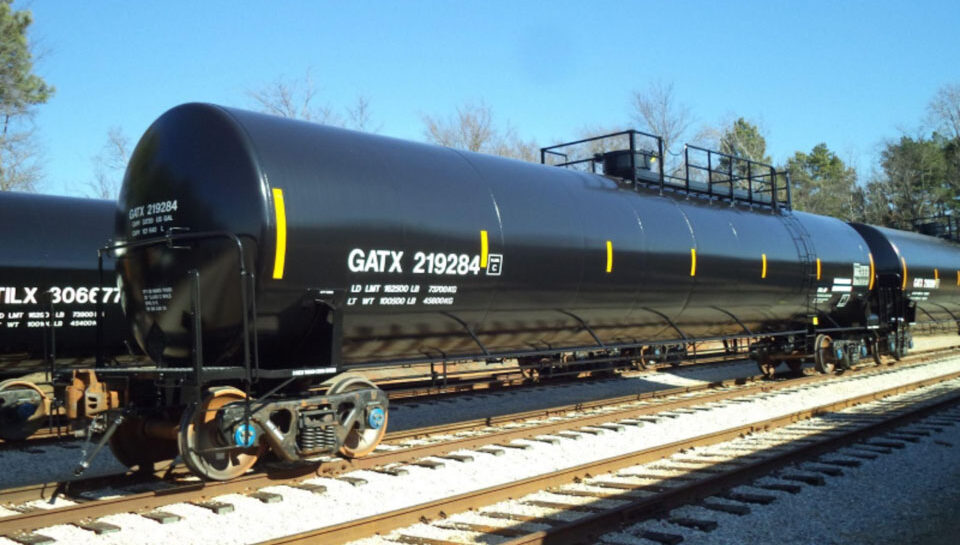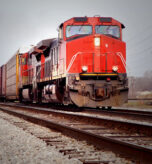Introduction
A leading sustainable energy producer faced a complex logistical challenge in transporting 350,000 metric tons of CO2 annually from their Midwest facility to sequestration sites in the central United States. The project required detailed analysis of multiple transportation modes, including rail and truck options, while considering the carbon capture and storage (CCS) credit available through the 45Q tax credit program. PraxiChain conducted comprehensive cost modeling and operational analysis to determine the most efficient and cost-effective transportation solution, factoring in equipment requirements, cycle times, and potential product loss during transit.
At A Glance
PraxiChain delivered a detailed transportation analysis comparing rail and truck options for CO2 movement, enabling the client to make an informed decision on their logistics strategy. Our analysis included thorough evaluation of unit train and manifest rail service options, as well as trucking alternatives.
The Challenge
The client needed to determine the most viable method for transporting liquid CO2 between production and sequestration facilities while maximizing the value of their CCS tax credits. The analysis required careful consideration of multiple complex factors:
- Rail service options with varying transit times affecting product loss through venting
- Equipment fleet sizing for both rail cars and trucks
- Infrastructure requirements at origin and destination
- Cost implications of different service levels and equipment cycles
Integration with Class I railroad network and service capabilities - Evaluation against the available tax credit structure
The project demanded deep understanding of both rail and truck operations, equipment specifications, and the specialized requirements of CO2 transportation.
PraxiChain Solution
- Conducted detailed analysis of both rail and truck transportation options
- Modeled unit train operations requiring 190 cars in two sets with 14-day cycle times
- Evaluated manifest rail service with variable transit times from 5-10 days
- Analyzed truck option requiring 85 drivers, 61 CO2 trailers, and 28 tractors
- Developed comprehensive cost models incorporating equipment, fuel, and operating costs
- Created detailed fleet sizing and utilization models for both rail and truck options
Results
The analysis revealed that rail transportation offered the most promising solution, with unit train service providing significant advantages over both manifest rail and trucking options. Key findings included:
- Unit train service demonstrated potential cost savings of up to 45% compared to trucking alternatives
- The optimized rail solution allowed for approximately 50% of the tax credit value to be allocated toward infrastructure development
- Manifest rail service achieved 25% cost savings versus trucking but faced operational challenges
- Product loss through venting became significant after 8-9 days in transit
This analysis enabled the client to focus their efforts on developing rail infrastructure and pursuing unit train service with the serving railroad, providing a clear path forward for their CO2 transportation needs.






